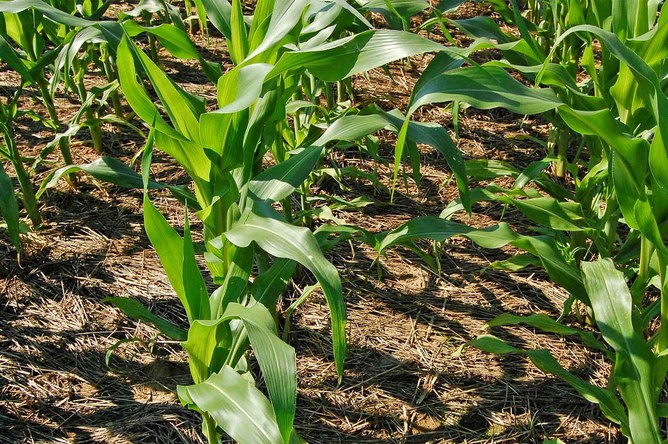During the week of December 20-26, the export tax on Russian wheat will be 4,048.1 rubles/ton (4,063.5 a week earlier), barley remains duty-free, and the export tax on corn is set at 794.4 rubles/ton (839.5).
As of December 14, 2023, corn harvesting continues in Ukraine. So far, 88% of the areas have been harvested, yielding 27.39 million tons of grain with an average yield of 7.7 tons/hectare. Sunseed harvesting is at 99% completion, with 11.96 million tons collected at an average yield of 2.38 tons/hectare. The total production for all oilseeds is estimated at 20.74 million tons.
From July 1 to December 15, 2023, Ukraine has exported 15.289 million tons of grain (19.959 a year earlier), including 2.193 million tons in December (2.076). Wheat exports amounted to 6.502 million tons (593,000), barley exports were 933,000 tons (59,000), and corn exports reached 7.717 million tons (1.537).
Ukrainian exporters are preparing documents to obtain licenses for sunseed exports to Bulgaria, as discussed in an online meeting between the agriculture ministers of both countries. Various export issues, including rapeseed, wheat, corn, strawberries, honey, and sugar, were discussed.
On December 14, 2023, after a three-day interruption, the export license center in Argentina resumed operations. According to data from the Rosario Grain Exchange, domestic grain sales in the country were 1.63 million tons from December 1-12 (2.39 in 2022 and 2.24 in 2021). On December 12, 2023, the new government announced a 54% devaluation of the national currency, followed by an increase in export duties on wheat and corn from 12% to 15%. The duties on soybeans (33%) and products from soybean processing (31%) remained unchanged.
The Rosario Grain Exchange raised its forecast for the 2023/24 wheat production in Argentina by 1 million tons to 14.5 million tons. The forecasts for soybeans and corn productions remain unchanged at 50 million tons and 56 million tons, respectively.
According to data from the Buenos Aires Grain Exchange as of December 13, 2023, 49.3% of the planned corn areas in Argentina have been planted. Areas in good or excellent condition account for 42.1% of the plantings (up 7.5% for the week). Soybeans have been sown on 59.5% of the planned areas (up 9% from the previous year), with over 90% of the crops in satisfactory or good condition. Soybean areas are expected to increase to 17.3 million hectares (up 6.7% from 2022/23). Wheat harvesting has been completed on 55.2% of the areas, yielding 7.4 million tons of grain with an average yield of 2.41 tons/hectare.
According to the CNGOIC estimate for the period December 2-8, soybean processing in China reached 1.9 million tons (down 7% from the previous week and 6% from the previous year). Soybean stocks in China increased by 8% for the week to 5.5 million tons (up 20% for the month and 22% for the year). Soymeal stocks reached 830,000 tons (up 1%, 12%, 168%), and soyoil stocks reached 930,000 tons (up 1%, 11%, 43%).
Saudi Arabia has announced a tender to purchase 715,000 tons of milling wheat with delivery scheduled from February to May.
Record production and attractive prices for rapeseed oil contribute to the growth of global consumption to a new record of 29.8 million tons for the period January to December 2023, which is 3 million tons more than the previous year, according to estimates from Oil World. Rapeseed oil has regained its position in the food chains of China and India and in biodiesel production in North America and the EU. Currently, in Rotterdam, it is 37 USD/ton cheaper than soyoil at +263 USD/ton compared to 2022. In this context, biodiesel from Argentina is not competitive, and its deliveries to the EU from January to October are only 0.2 million tons (1 year earlier). Consumption of rapeseed oil in the EU is expected to reach a record 10 million tons this year (+0.4), and in the United States, it will reach a record 3.7 million tons (+1). In Canada, rapseed oil consumption is expected at 1.2 million tons (+0.2). Global palm oil production exceeds consumption by 0.7 million tons, with world reserves increasing to the highest level in the last seven years—4.15 million tons (3.42 a year earlier).

